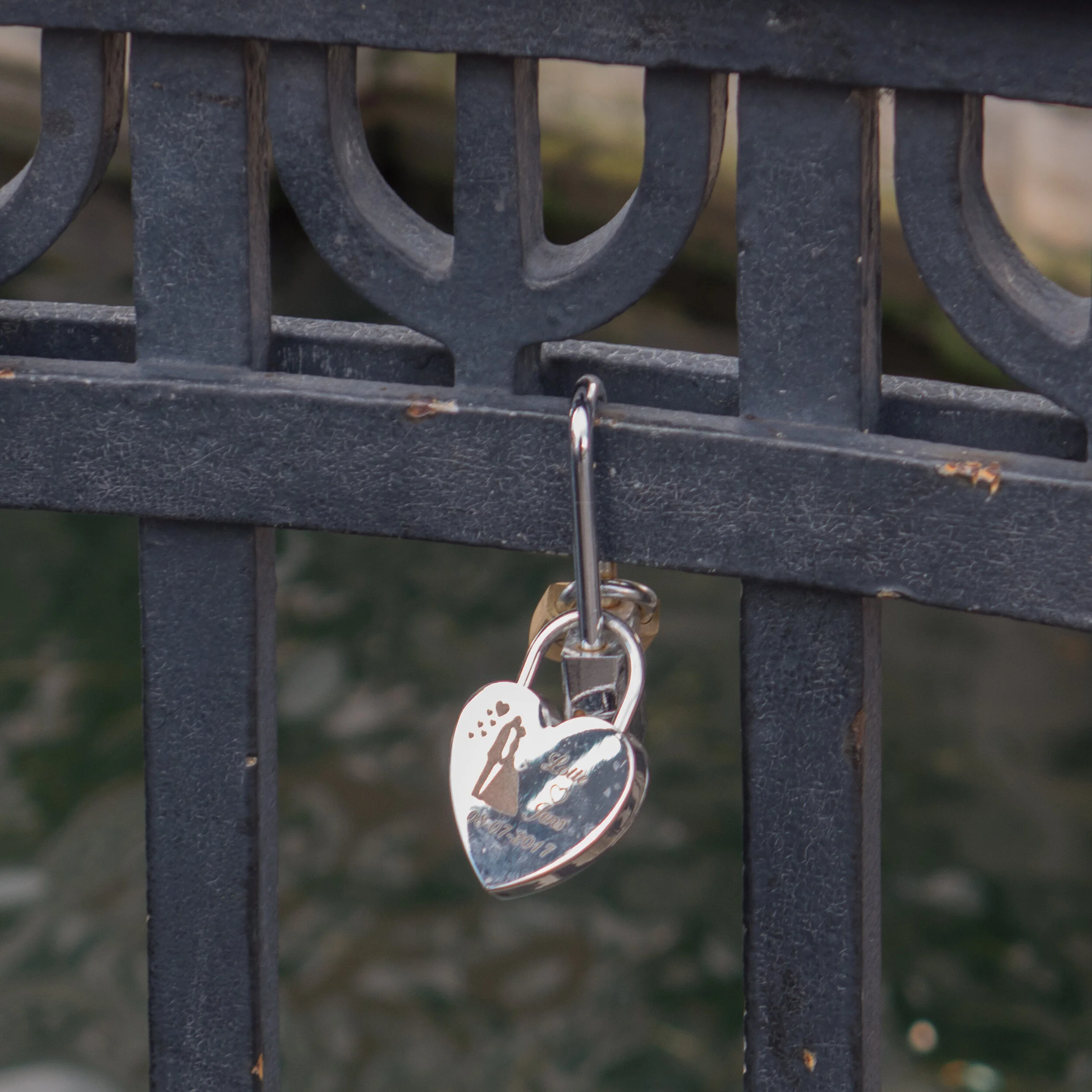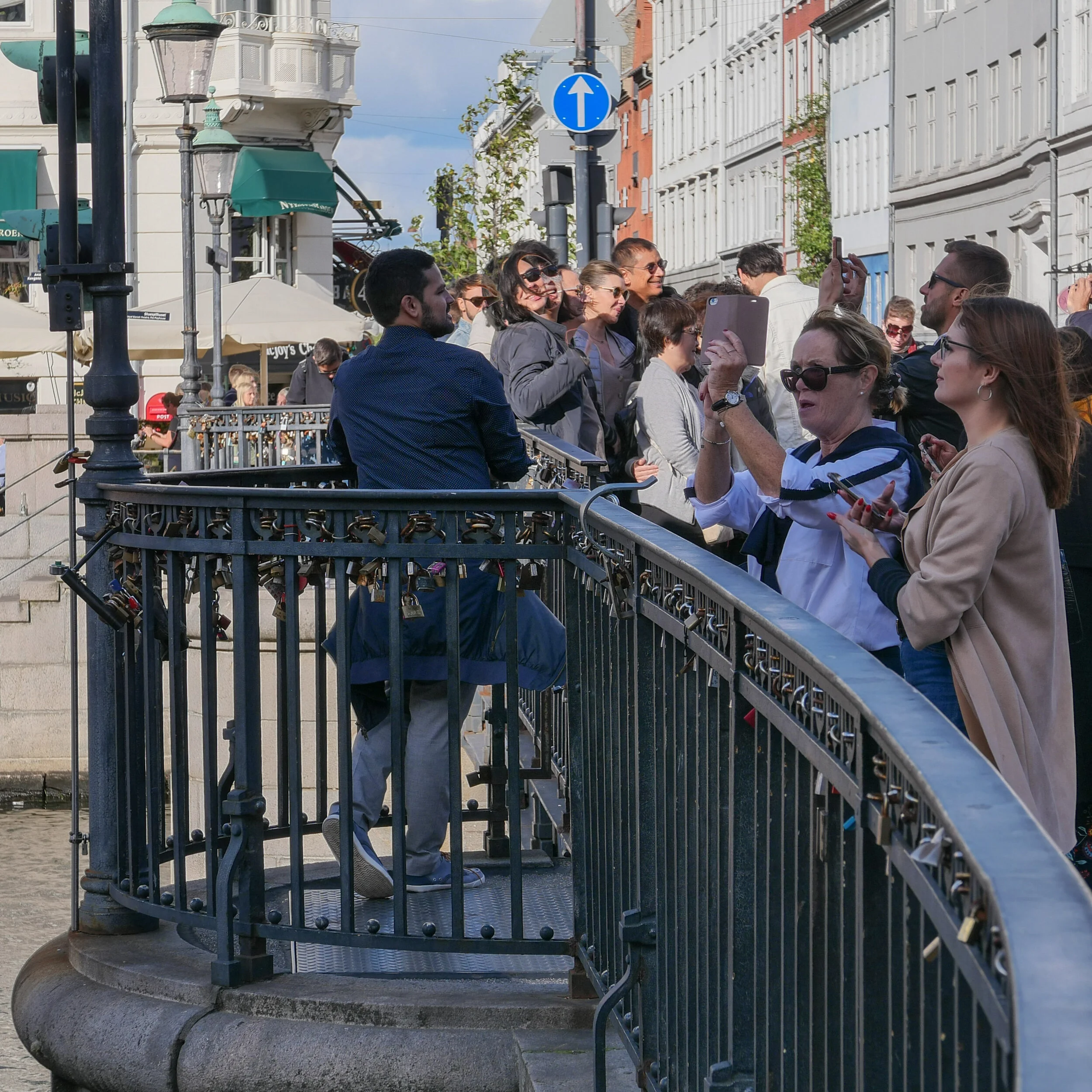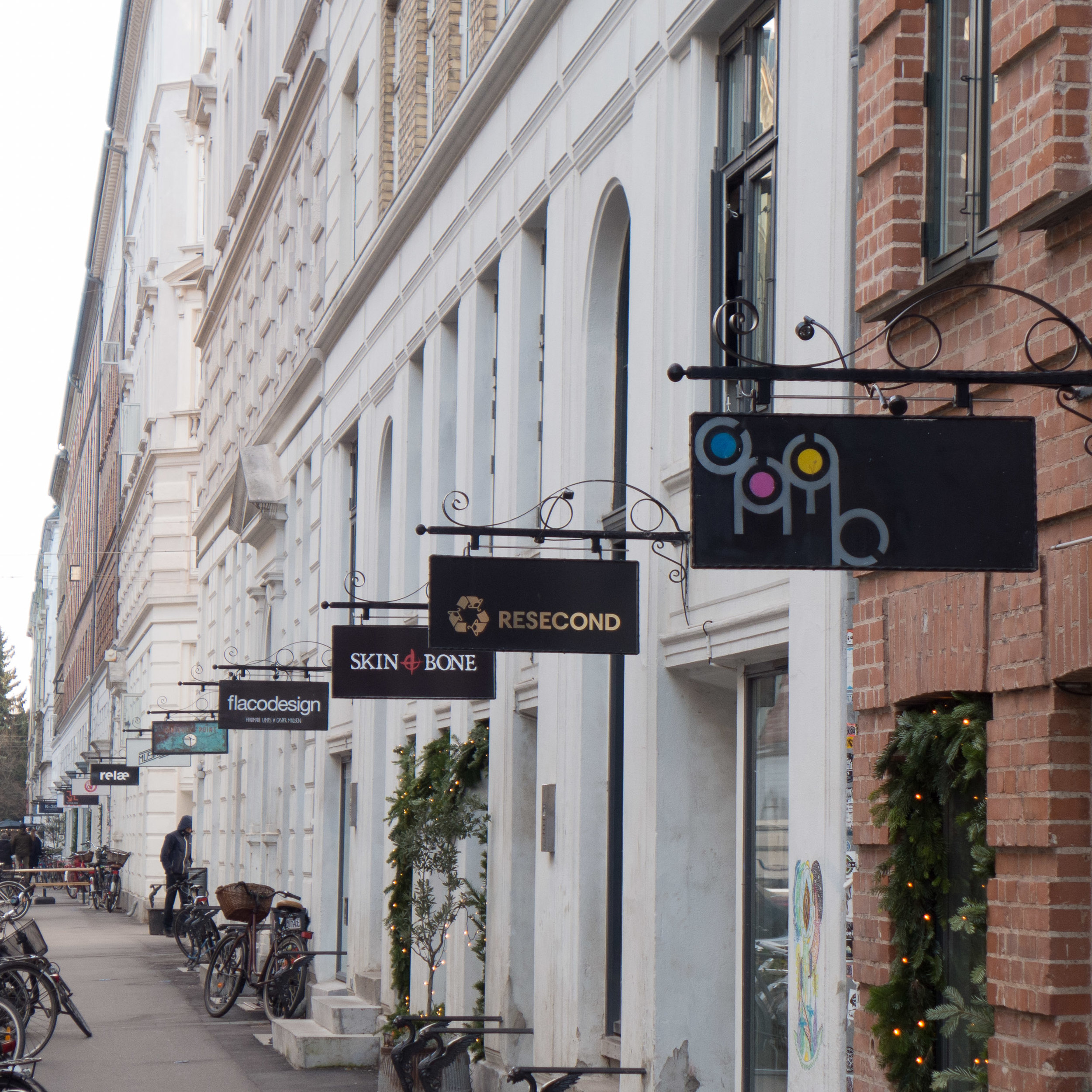fresh herbs from Irma
/The large Irma food store alongside the railway station at Østerport in Copenhagen is now selling herbs that are grown in the store and they are growing in full view in the middle of the vegetable section immediately inside the entrance.
There is a large double cabinet with a hefty black frame but with glass on the sides and in both the doors. It looks a bit like the normal cool cabinets used now in many food stores to keep salad stuff fresh although here there are four shelves in each half and on each shelf a turntable but instead of a flat platter these turntables have grooves or channels that spiral out from the centre.
Herbs are sown in a growing medium in a small plastic pot …. cone-shaped and just over 30mm high and internally just 25mm across internally at the top and with a small lip that holds the 'pot' in its place on the turntable. There is no bottom to the cone …. that's where the roots grow out.
In the pots at the centre of the turntable there are just a few shoots breaking out but as they are turned under lights they move outwards and grow as they go so the finished plants are harvested from the edge. The full growth period is three weeks and the cabinets are planted half a week apart to provide a continual harvest.
Plants taken from the outer rim are put in a waxed brown-paper cone with labelling and set out for sale on shelves across the front of the unit.
At the moment the store is growing Greek basil, Italian basil, coriander and parsley.
The herbs are about as clean as any natural product can be; there are no synthetic pesticides and the system is said to use 95% less water than growing the herbs in a glass house and there should be little or no waste …. both for the store who can judge uptake or for the customer.
The whole system comes from the German company Infarm.
It was launched officially on the 21 November 2019 by the Danish Food Minister Mogens Jensen.
oh ….. and that plug of basil in the last photo …. enough to go with fresh pasta and pine nuts that night and a tomato salad the night after..
This system is new to Denmark - the unit at the Irma store is the first in the country - but should be seen within a much wider story of the Danish approach to public transport, to shopping and to life style.
One noticeable difference here, when I moved to Copenhagen from the UK was not simply the number of people using bikes to get to and from work but that many people appear to do part of the journey by train or metro and part by bike … so either cycle to the nearest station and leave the bike there, going into the centre by public transport, or take the bike on the train to the nearest station to work and then cycle from there to the office or some leave the bike at the city-centre station overnight so it's there when they commute back into the city the next day. Complicated? No just the way it's done. One consequence is that many more Danes seem to do their shopping on the way home at night so it's a bag's worth or enough to fill a bike basket so food for that night and whatever else might be needed.
That has an impact on how food is sold …. fresh food here is generally to be eaten that day or the next so is ready whereas in the UK I tended to buy fruit or vegetables that would ripen later in the week and were to be eaten before the next big shop.
This difference is clearly reflected in the arrangement of the Irma store at Østerport. The station has just been rebuilt and a major new metro station is now up and running alongside the old station for suburban trains so it is clear that Østerport will now be a major interchange for people travelling in and out of the city from the north who will now change here from train to metro rather than going on to Nørreport station or to the central station as before.
Irma is connected directly to the main upper concourse of the station and has been completely remodelled and enlarged so it is in exactly the right place to sell fresh food and fresh Irma-grown herbs to any traveller heading in to work or heading back home.
oh ….. and that plug of basil in the bottom photo …. was enough to go with fresh pasta and pine nuts that night and a tomato salad the night after.






































